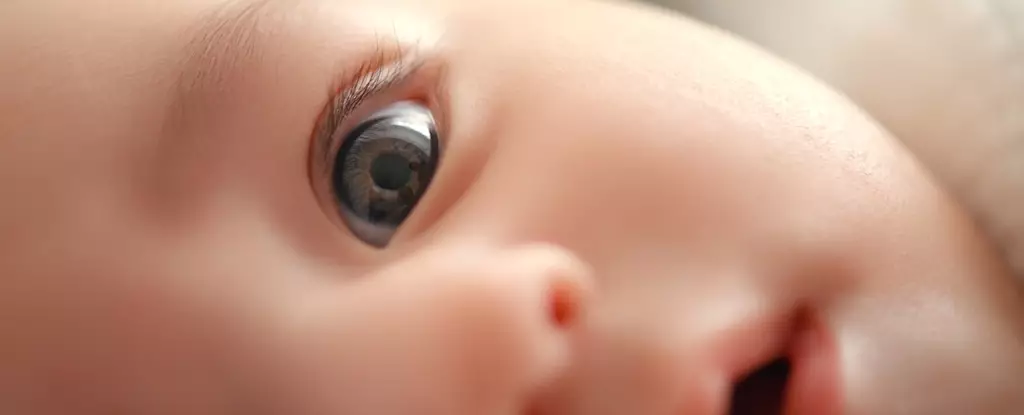Microplastics have become a pervasive element in our environment, infiltrating almost every aspect of our lives. While they may be invisible to the naked eye, their impact on health is becoming increasingly evident. Recent research from Rutgers University sheds light on the alarming potential for microplastics to not just enter the maternal body but to also be transmitted to the unborn offspring. The implications of these findings raise serious questions about the health ramifications for both mothers and infants.
The Rutgers study specifically examined the effects of inhaled polyamide-12 (PA-12), a type of nylon, on pregnant mice. The researchers were able to trace the tiny plastic fragments in various organs of newborns, including the lungs, hearts, livers, kidneys, and brains, demonstrating that microplastics could linger in developing tissues for at least two weeks post-birth. One of the striking aspects of the study is the method by which these microplastics are introduced to the body—not merely through ingestion or contact, but directly through inhalation, highlighting a lesser-discussed exposure route.
Additionally, while the researchers acknowledge that some microplastics could be transferred through maternal milk, their findings stress that the presence of these particles during critical developmental windows should raise substantial concerns. As Phoebe Stapleton, an associate professor of pharmacology and toxicology, puts it, the unsettling reality is that no one wants these foreign substances present in their vital organs.
The implications of these microplastics are extensive. Early exposure to pollutants like microplastics can lead to a plethora of health challenges later in life. This notion resonates with existing studies that have linked microplastics to an elevated risk of cardiovascular diseases. Although the exact health consequences of microplastics are still being explored, existing research suggests that the long-term effects could include chronic illnesses and other systemic health issues.
The idea that newborns might enter the world with pre-existing loads of microplastics embedded in their bodies is concerning. Current knowledge about the biological pathways of microplastics suggests a troubling scenario where detrimental particles may not only affect immediate health but could also have generational repercussions. The research emphasizes the necessity for further studies to uncover the long-term effects of maternal-fetal exposure to microplastics.
Despite the alarming findings regarding the health impacts of plastic pollution, society’s reliance on plastic products remains steadfast. With over 450 million tonnes of plastic produced globally each year, reversing this trend seems daunting. Efforts to improve recycling methods are ongoing, yet the sheer scale of plastic use hints at an ingrained habit that is hard to break. Future generations find themselves in a precarious situation, where their health and environmental sustainability hinge on the actions we take today.
The complexity of this issue is amplified by the charm and convenience of plastics in modern life. From packaging to consumer goods, the omnipresence of plastic makes it an integral part of contemporary society. As we face the reality that complete eradication of plastics may not be feasible, a shift towards responsible use and innovative recycling systems becomes critical.
Institutions and researchers are at a crossroads where immediate action and further investigation are paramount. Understanding the toxicological impacts of microplastics and their implications for maternal and child health must become a priority. The urgency to address how these particles invade the human body and the subsequent health implications cannot be overstated.
As Stapleton aptly points out, acknowledging that we may never completely rid our lives of plastic is the first step toward fostering a healthier relationship with this material. However, this does not absolve us from the responsibility to mitigate its negative effects and seek sustainable alternatives.
As we delve into the intricacies of microplastics, both in our environment and our bodies, it becomes evident that we face a critical juncture. The findings of recent studies emphasize the pressing need for awareness, research, and action to protect not only our health but also the health of future generations. Let us rise to meet this challenge with urgency and innovation.


Leave a Reply